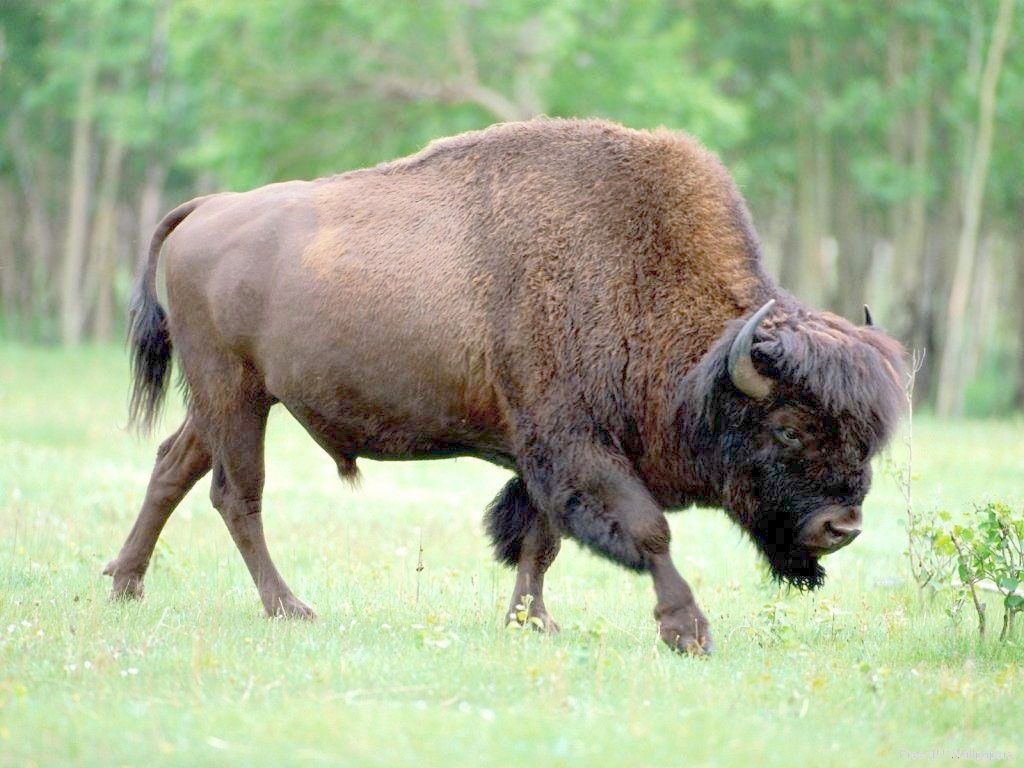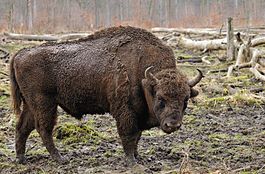History of domestication of farm animals
What benefits do pets bring to people, what do they give to the national economy, to every family? It has long been believed that on a personal subsidiary plot they engage in gardening and gardening, raise livestock, poultry, rabbits, horses, etc.
In our time, private farming is a significant help in meeting the needs of the population for meat, milk, and other products. Domestic farm animals have long been domesticated by humans, and have become the basis of private farmsteads in the modern age. People began to keep animals not only to feed themselves and their families, but also for economic sustainability. Indeed, in Siberia, it was customary to measure the stability and well-being of a family by the number of cows and horses available in the farmstead. Our country is adopting agrarian reforms, providing loans for the development of farming, and improving living conditions in the countryside. We also decided to find out how the agrarian issue is developed on a private farmstead in our locality. And can we suggest ideas for improvement.
From the history of human culture it is known that existing domestic animals descended from wild ones. Evidence of this can be the bones of domestic animals found during excavations, drawings on the walls of ancient dwellings depicting the catching of wild animals and their taming.
The process of domestication is divided into two stages: the domestication of wild animals and their actual domestication. In this regard, two concepts are distinguished: domestic and tamed animals.
Domestic animals are animals that bring benefits to humans in the form of certain products (meat, milk, wool, eggs, etc.), breed in captivity under human control, and are differentiated within a species into breeds.
Before becoming domesticated, animals had to go through a stage of domestication, but not all domesticated animals become domesticated. In contrast, domesticated animals, although they get used to doing something useful for humans, in captivity, as a rule, do not reproduce (Indian elephant, zebra, etc.), and when released into the wild, they quickly become wild, and if captivity was too long, they often die. Tamed animals, unlike domestic ones, retain all the basic features of wild forms.
It is believed that the domestication of wild animals occurred 10-12 thousand years ago; among the first to be domesticated were those animals that provided humans with meat, skins and wool, these were large and small livestock. Along the way, people also received milk from them. Later - a horse, a pig. Domestic animals include many types of domesticated birds: chickens, ducks, geese, turkeys, quails; bees, mulberry and oak silkworms.
It has been established that herd animals undergo domestication faster. The oldest form of animal husbandry was the pen form, in which young animals were placed in pens and fed until slaughter. It became a transition for the next (pastoral) form of animal husbandry.
The domestication of animals occurred simultaneously in several places on the globe. Scientists have identified six main centers of animal domestication.
Horses. In the Russian alphabet for children, published in 1848, there were the following words: “God did not give man wings, in return he gave him a horse. This is a stately and beautiful animal that carries it from one place to another with lightning speed. More than 6 thousand years have passed since man first saddled a horse and then harnessed it to a chariot, conquering space and time.” The horse has been and remains a faithful companion of man. Its role in human life is enormous and cannot be assessed. Horse - shepherd, plowman, sower, warrior.
Horses have amazing biological characteristics compared to other farm animals. Natural intelligence, quick wit, and stable stereotypes have made the horse an indispensable assistant and friend to man. According to the direction of productivity, all breeds of horses are divided into trotting, riding, draft and walking.
Oryol, Russian and American trotters are bred in Omsk. These breeds are bred and improved for sports. Races in Omsk are held at the hippodrome. Also in our region, purebred riding horses, Kustanai, Budenovskaya and a number of other racing breeds are bred. Stepping breeds include heavy draft horses. These horses are created for agricultural and transport work. Light draft horses, or non-specialized breeds, are often obtained from crossing trotting, riding heavy draft horses, and are used for various agricultural work. They are also indispensable in the city. In our time, a horse can be considered the most environmentally friendly and economically profitable form of transport.
Sheep. In the Omsk region, fine-fleece, semi-coarse-wool and coat sheep are bred.
Fine-wool breeds are represented by Soviet merino and prekos. Soviet merino produces thin, uniform wool consisting of one type of fluff. Prekos is a breed of fine-wool sheep with meat and wool productivity. Sheep are kept in large flocks. Merino sheep are shorn once a year, in late May-early July, when the weather is warm.
Romanov sheep are classified as fur-bearing sheep. They make excellent sheepskin coats, light, strong, warm and beautiful.
Semi-coarse wool sheep include local Siberian sheep that produce semi-coarse wool consisting of down, transitional hair and awn. The wool is used to make felted shoes, socks and other products.
Pigs. According to the direction of productivity, pigs are divided into meat, lard and meat breeds. In our region, the bulk of pigs are represented by large white breeds, Landrace and Duroc. Pigs adapt well to different housing and feeding conditions. They eat well all types of succulent feed (potatoes, beets, greens), roughage (grass meal, chaff), wheat waste, and have good health. Capable of gaining a lot of weight. Multiple births.
The Landrace and Duroc breeds are used to produce crossbreeds by crossing them with large white breed dams. Crossbreds grow better, spend less feed on weight gain, have higher safety, and higher quality meat compared to purebred peers.
Poultry farming. Poultry farming is the fastest growing branch of livestock farming. Farm poultry is characterized by high egg and meat early maturity, fertility, and a short period of embryonic development. High-value food products are obtained from poultry: eggs, meat, egg powder, sausages. Chicken eggs contain all the essential amino acids.
Poultry meat has high nutritional value, excellent dietary qualities and taste.
Down and feathers are by-products, but very valuable products of poultry farming. Pillows and feather beds made from bird feathers are better than bed linen made from material (cotton wool, foam rubber). In addition, 175-300g of droppings are obtained daily from each chicken (more than 500g from geese), which is used to produce valuable organic composts.
Farm birds are omnivores, they make good use of a variety of feeds, including numerous waste from grain farming, the food industry, and kitchens, which contributes to a significant reduction in the cost of meat and eggs.
High growth rates and low poultry feed costs per unit of production have made poultry farming in the country and region one of the most economically profitable industries.
In the Omsk region, the poultry farming industry is represented by poultry farms, farms, and farmsteads. All scientific and production work on the reproduction of breeding birds in the region is carried out by the Poultry Institute, which is located three kilometers from the city in the village of Morozovka.
The domestication of birds occurred more than 9,000 years ago; the goose was domesticated earlier than other birds, and later the quail.
All breeds of chickens, formed in the process of human selection, are divided according to their economic purpose into egg-laying, meat-bearing and general-purpose (meat-egg) breeds.
Egg chickens. The production of breeding and food eggs in the Omsk region is based on White Leghorn chickens. The breed was bred in Italy, and is currently distributed throughout the world.
Based on the breed, a two-line Omsk cross was obtained at the Siberian Poultry Research Institute.
Meat chickens. In the Omsk region, for the production of meat broiler chickens, only one breed is used as the parent form - the Cornish. The Plymouthrock breed is the maternal form for producing broiler chickens when crossed with Cornish chickens.
Egg-meat chickens include Lomanbrown cross-breed chickens. This German cross was brought to a research institute and later propagated.
In the Omsk region, in the private collections of poultry lovers, there are ornamental chickens: bantams, Cochins, Brama, etc.
Ducks. The most promising duck breeds in the Omsk region today are Peking and Muscovy ducks.
The Beijing breed of ducks for meat production, bred in China. The bird has an exterior typical for a meat breed. Muscovy ducks originated in South America. Ducks do not quack, but hiss. During the breeding season, drakes emit a musky odor. Muscovy duck meat contains little fat, is tender, tasty, and has a gamey taste.
Geese. The main planned breeds of geese with which selection work is carried out are: Rhineland, Italian and Chinese. Hungarian downy geese were brought to Russia.



No comments here yet.